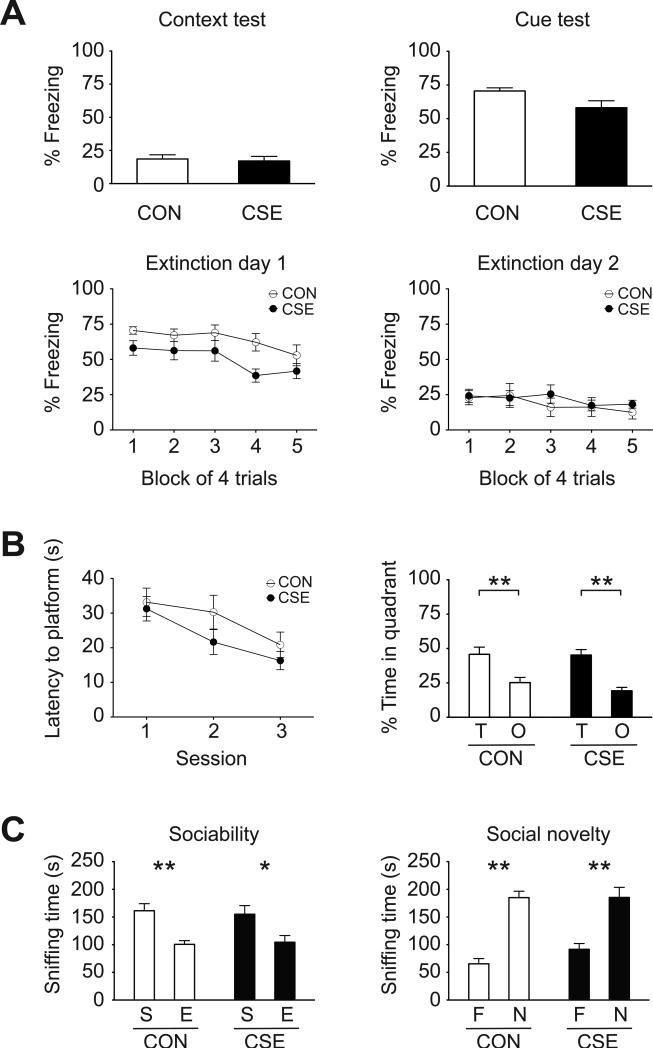Figure 2. Memory, executive function, and social cognition in CSE mice.
(A) Fear conditioning: there were no significant differences between CON and CSE mice in freezing behavior during the context and cue tests of fear retrieval (top), or freezing during extinction of fear (bottom; Block 1 of first extinction day corresponds to the cued fear retrieval test, above). (B) Reversal learning: CSE mice exhibited normal spatial reversal learning in the Morris water maze based on latency to the hidden platform and time in target quadrant during the probe trial. **p<0.01, as analyzed by 2-way ANOVA with post hoc Bonferroni test (quadrant occupancy F1,42 = 33.11, p<0.0001). (C) Three-chamber social interaction test: both CON and CSE mice preferred sniffing the enclosure with the stranger mouse during the sociability phase and preferred the unfamiliar stranger in the social novelty phase. *p<0.05, **p<0.01, as analyzed by 2-way ANOVA with post hoc Bonferroni test (sociability phase; preference F1,28 = 20.63, p<0.0001, social novelty phase; preference F1,28 = 68.09, p<0.0001). Data are presented as mean ± S.E.M. (CON n=7, CSE n=8 for fear conditioning, CON n=12, CSE n=11 for reversal learning, n=8 for each group for social interaction test). T, target; O, opposite; S, stranger; E, empty; F, familiar; and N, novel.

